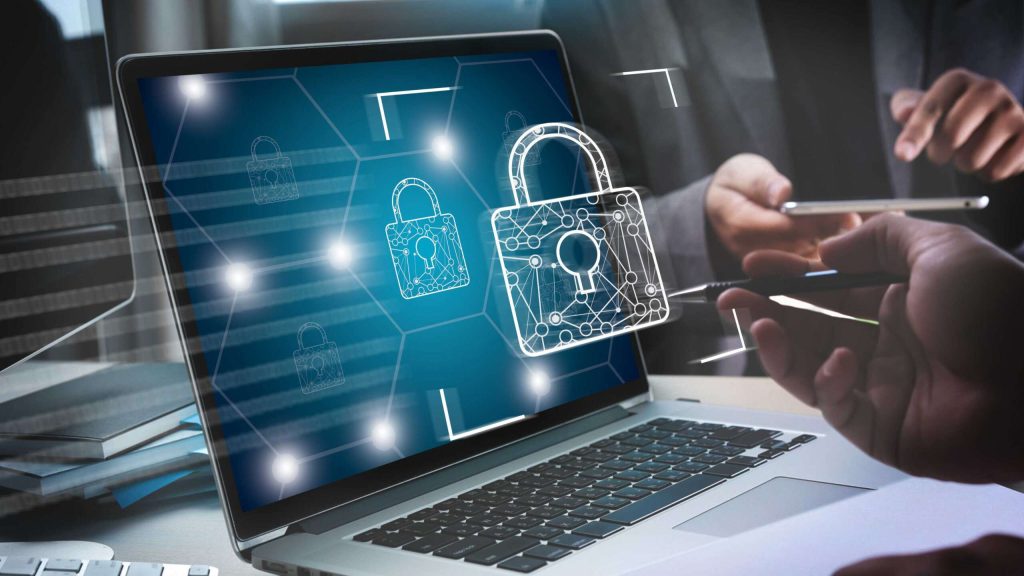Human contribution to help society against cyber attacks and threats has been high in today’s world. To maximize how effective we can utilize against cyber attacks we will have to limit the usage budget for training new people to handle the threats plus additional cybersecurity technology. I would invest 60% towards additional cyber technology and the remaining 40% towards training people to handle the technology. This balances out not only security measures against constant large scale threats but also strengthens human training through education. This approach also addresses any human risk as well as vulnerabilities in our technology security.
Human Training 40% Budget
Securing and Reporting Issues
Human interaction with technology can potentially result in errors and maintenance issues during certain situations. Cybersecurity technology can lead to errors, so getting people trained to handle these things are essential. The employees need to recognize any threats towards the company and potentially reduce cyber attack risk. Reporting things such as ddos attacks, ransom attacks, fake emails, and any errors that occur with using or transferring data from cyber security technology (Zhang, Z., 2021). Training employees can help significantly in cyber security because people can cover what technology can’t handle such as decision making and responsiveness with critical judgment (Rowan, T. 2007).
Authentication and Password Practice
Employees have the job of protecting sensitive data from any unauthorized access for negating potential cyber attacks. Password practice is essential and can be a sure way to strengthen protection since cyber technology has vulnerabilities and ensures aspects like integrity, confidentiality, and authentication (Sarkar, S. 2016). Authentication makes sure the identity from the source or person is actually who they claim to be and this is important for managing cybersecurity technology from security breaches. Multi Factor authentication is essential for identity confirmation because instead of using one security measure, The system will need to present two more pieces of evidence to confirm their identity (Khanna, A.1970). Handling passwords and multiple authentication measures by employees can help better technology against cyber threats and system breaches.
Cyber Technology 60% Budget
Firewalls and Security measures
The rest of the budget falls into cyber technology due to the fact that the system covers a wider scale for protection and against cyber attacks. Firewalls such as Intrusion Detection systems can help prevent potential threats and analyze any network traffic for suspicious activity (Adelard, C. 2023). Intrusion detection alerts the system and security employees for real time responses against security breaches. Firewalls evaluate on threat detection accuracy, network performance and security effectiveness. The use of both the intrusion detection and firewalls furthers protection from attackers. Firewalls prevent threats and Intrusion detects the threats that bypass firewalls and notifies employees for dealing with the security threats (Patel, A, 2010).
Conclusion
Technology automates and organizes security measures on a wide scale network for protection from attackers. Human interaction that we train provides analyzed data and adaptability for any scenario greatly enhances cybersecurity technology. Employees also can do quick decision making along with upgrading our cyber technology with firmware and hardware updates. This budget balance I wanted divides a good portion towards technology since Humans can continuously adapt and learn from new threats that may cause errors in the future.
References
Zhang, Z. (Justin), He, W., Li, W., & Abdous, M. (2021, January 27). Cybersecurity Awareness Training Programs: A COST–benefit analysis framework. Industrial Management & Data Systems. https://www.emerald.com/insight/content/doi/10.1108/imds-08-2020-0462/full/html
Rowan, T. (2007, September 22). Intrusion Prevention Systems: Superior security. Network Security. https://www.sciencedirect.com/science/article/abs/pii/S135348580770082X
Sarkar, S., Sarkar, S., Sarkar, K., & Ghosh, S. (2016, January 11). Cyber security password policy for industrial control networks | IEEE conference publication | IEEE Xplore. Cyber security password policy for industrial control networks. https://ieeexplore.ieee.org/abstract/document/7375151
Khanna, A. (1970, January 1). Authentication in Cybersecurity. SpringerLink. https://link.springer.com/chapter/10.1007/979-8-8688-1029-9_4
Adelard, C., & Penrod, O. (2023, October 30). Implementation of Network Security System using firewall technology and Intrusion Detection System (IDS). Idea. https://idea.ristek.or.id/index.php/idea/article/view/11
Patel, A., Qassim, Q., & Wills, C. (2010, October 12). A survey of intrusion detection and Prevention Systems. Information Management & Computer Security. https://www.emerald.com/insight/content/doi/10.1108/09685221011079199/full/html
